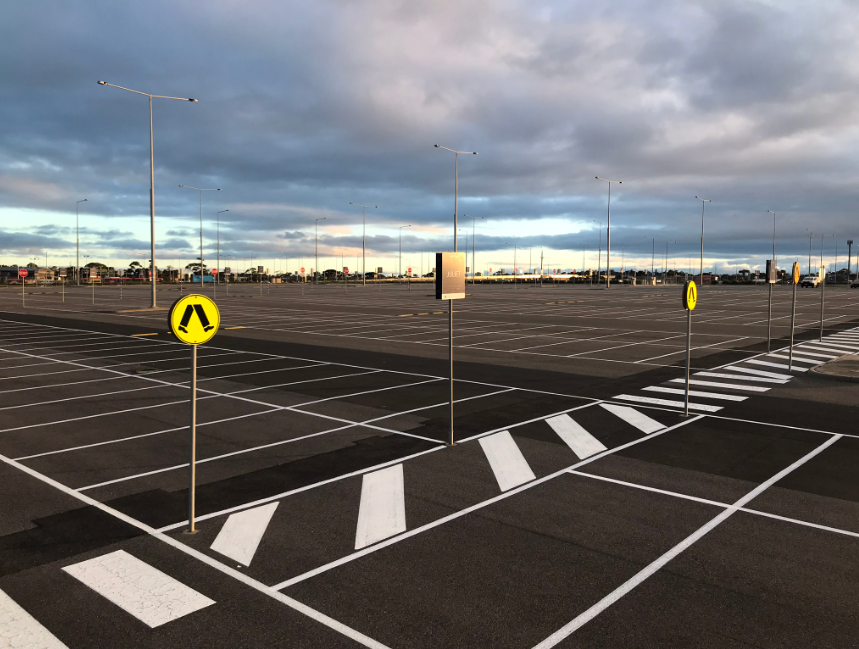Road safety is a significant concern for all motorists, pedestrians, and authorities. It’s interesting to note that roadline removal, a seemingly counterintuitive measure, has been shown to contribute positively to the safety of the roads. Let’s delve into this intriguing topic.
The Paradox of Uncertainty
One might assume that road markings provide a sense of certainty and order on the roads, guiding vehicles and ensuring adherence to speed limits. However, research suggests otherwise. The removal of white lines, for instance, has been observed to induce a level of uncertainty among drivers, leading to a 13% reduction in vehicle speeds. This unexpected benefit of roadline removal contributes to safer driving conditions, as lower speeds usually mean fewer accidents.
The Role of Association
Another fascinating aspect of road safety relates to the association of a road line marking with specific speed limits. The road marks serve as visual cues, prompting drivers to comply with the speed limits. However, it also implies that their removal can disrupt this association, encouraging drivers to be more cautious and drive slower.
Keeping Roads Efficient and Safe
Maintaining efficient and safe roads is not only about creating clear markings but also about removing outdated or incorrect ones. Specialized machines are used for clearing away broken, stained, and wrong marking lines. This process ensures that the roads remain clear of misleading information, thereby enhancing safety.
Health and Safety in Temporary Work Zones
Safety practices in temporary work zones have also been a subject of study. The focus here is on the removal of temporary road signs, cones, or road humps after work. Neglecting to do so can lead to confusion and potential accidents. Therefore, the timely removal of these temporary markers significantly contributes to road safety.
Delineation: A Silent Contributor
Delineation, or the marking of road edges and centre lines, has proven to reduce head-on and run-off road crashes. It helps drivers maintain a safe and consistent lateral vehicle position. However, the removal of these lines in certain contexts, as discussed earlier, can also contribute to improved safety.
Conclusion
The discussion on roadline removal brings to light an interesting paradox in the safety of the roads. While markings play a crucial role in guiding and regulating road users, their strategic removal can also enhance safety by inducing caution and reducing speed. It’s a delicate balance between providing necessary guidance and fostering a sense of responsibility among drivers. The key lies in understanding where and when each strategy is most effective.

